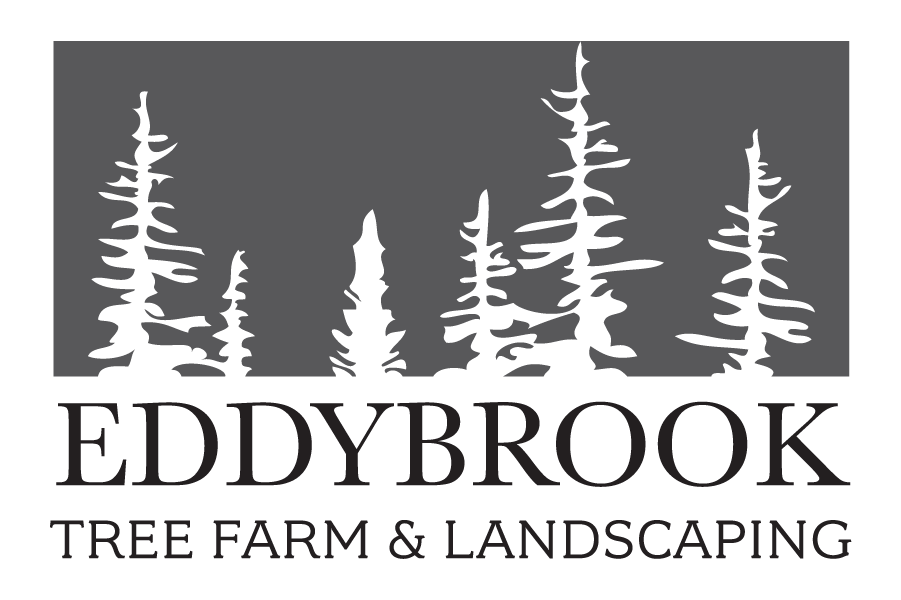Fertilization: Autumn is the best time to fertilize your lawn. It is during the cool days of fall that the grass plant slows its top growth and begins storing nutrients for the harsh winter months ahead. The storing process continues for as long as the plant is green. This is the time when the plant is building reserves to maintain its health and thus determines the quality of next summer's lawn. Nitrogen and Potassium are essential parts of this process. Once the summer's rations are used up, the grass plant is ready for another feeding in the fall to increase root growth and fill them with food.
Mowing: Mowing below the recommended height in the heat of summer will damage your lawn, so too will mowing too short in the cold weather of fall. When the cool weather of Autumn arrives, raise your mowing height to one half inch above the recommended height. This will help stimulate stunted roots. For the final mowing of the year, lower your mowing height to one half inch below the standard summer mowing height. This will help the foliage prepare for winter. As well, the clippings from the final mowing should be left on the lawn as mulch only if a mulching mower can be used. This will protect and provide valuable nutrients for the lawn.
Raking: It is important to remove all large piles of debris that cannot be mulched back into the lawn with your lawn mower. Lawn mower attachments are available that chop grass and leaves into tiny bits that provide a light top dressing which will supply nutrients to the soil as they breakdown. Large quantities of debris will not breakdown quickly, and so will damage the lawn by suffocating it, and by giving a moist home to damaging disease organisms.
Some helpful tips to keep in mind for next year! Contact us for more info & be sure to follow us on Twitter: @EddyBrookOhio

